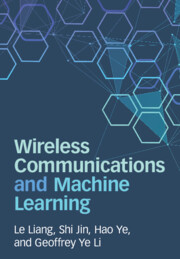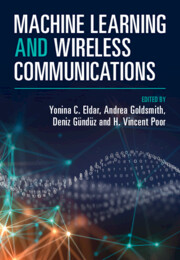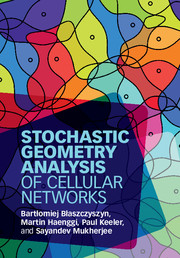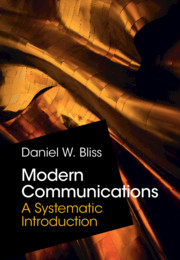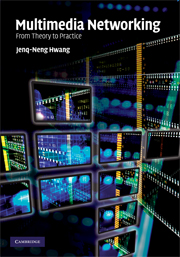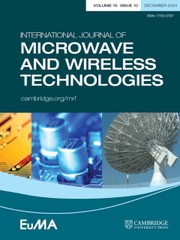Wireless Communications and Machine Learning
This focused textbook demonstrates cutting-edge concepts at the intersection of machine learning (ML) and wireless communications, providing students with a deep and insightful understanding of this emerging field. It introduces students to a broad array of ML tools for effective wireless system design, and supports them in exploring ways in which future wireless networks can be designed to enable more effective deployment of federated and distributed learning techniques to enable AI systems. Requiring no previous knowledge of ML, this accessible introduction includes over 20 worked examples demonstrating the use of theoretical principles to address real-world challenges, and over 100 end-of-chapter exercises to cement student understanding, including hands-on computational exercises using Python. Accompanied by code supplements and solutions for instructors, this is the ideal textbook for a single-semester senior undergraduate or graduate course for students in electrical engineering, and an invaluable reference for academic researchers and professional engineers in wireless communications.
- 'key processing functionalities' should be 'key communication receiver functionalities'
- Coverage includes deep learning for improved channel modeling and estimation; learning-based methods for key processing functionalities; end-to-end learning-enabled system design, and optimized radio resource allocation
- Features a discussion of “wireless for AI” that extends the “AI for wireless” toolset to give more efficient machine learning training and inference
- Requires no previous knowledge of machine learning, instead building on existing student understanding of probability, signals and systems, and wireless communications
Product details
July 2025Hardback
9781009232203
306 pages
254 × 178 mm
Not yet published - available from June 2025
Table of Contents
- Preface
- Notation
- 1. Introduction
- 2. Channel modeling, estimation, and compression
- 3. Learning receiver design: signal detection and channel decoding
- 4. End-to-end learning of wireless communication systems
- 5. Learning resource allocation in wireless networks
- 6. Wireless for AI: distributed and federated learning
- References
- Index.

